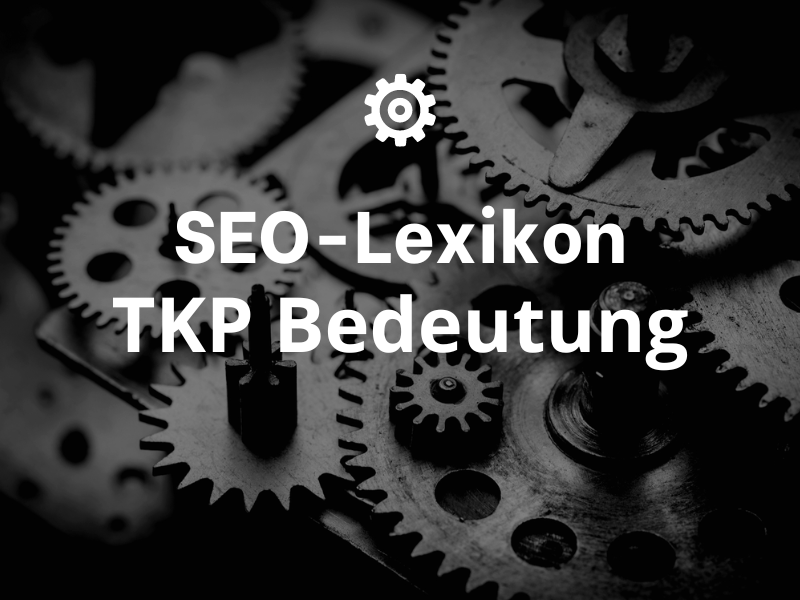Definition
CPM is the abbreviation for target cost per mille (CPM) and is a pricing model used primarily for online ads. CPM means that the customer pays a certain amount per thousand ad impressions. It is a cost-based model based on performance, as it pays when more people see the ad.
Advantages
One of the biggest advantages of CPM is that it is beneficial for both companies and advertisers. The customer can pay a fixed price per thousand impressions, which ensures that their advertising budget is not exceeded. For advertisers, CPM means that they receive a fixed price for each ad, regardless of how many people have seen the ad.
Disadvantages
One disadvantage of CPM is that it only refers to the number of impressions and not to the number of actual clicks or interactions. Even though it is a good way to control an advertising budget, it can lead to a company spending more than it would like if the ad does not deliver the desired results.
Use cases
CPM is a good pricing model for companies that are looking for a fixed price per thousand impressions and want to control the number of their impressions. It can also be a good choice for companies that are not interested in determining the number of clicks or interactions, but are simply interested in reaching a large number of people.
Example
A good example of CPM is its use in display ads. In this case, the advertiser receives a fixed fee per thousand impressions. Another example is the use of CPM in search engine advertising. In this case, the advertiser receives a fixed fee per thousand impressions of the ad, regardless of whether the ad is displayed as a search result or not.
More application examples and tips
1. CPM is an important metric for advertisers to measure the efficiency of their campaigns. The lower the CPM, the better the advertising campaign.
2. when you start a social media marketing campaign, you can use your CPM as an important factor to see how your campaign is doing and how much you need to spend per campaign.
3. the CPM also helps you to understand which target group you can reach with your advertising and which price per insertion is best suited for your campaign.
4. companies often compare CPM with other ad costs, such as cost-per-click (CPC) or cost-per-acquisition (CPA), to find the best ad campaign.
5. CPM is an important criterion to determine whether a certain type of ad placement is useful or not.
Conclusion
CPM is a beneficial pricing model that provides companies with a fixed price per thousand impressions. It can be a good choice for businesses that want to reach a large number of people without having to deal with the number of clicks or interactions. It's also a beneficial model for advertisers, as they get a fixed price regardless of how many people have seen the ad.
« Back to Glossary Index






 By
By 